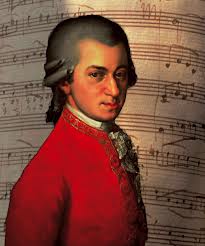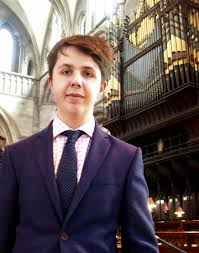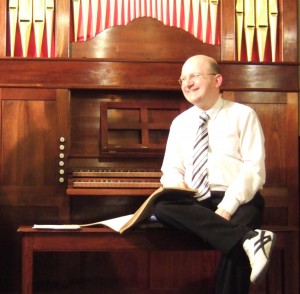 The concept of a concert based on compositions in the same key is certainly an unusual one, but for Bexhill Choral Society it proved to be remarkably effective. Mozart’s Requiem is in D minor and, as conductor Kenneth Roberts pointed out, so are many other of his more serious, not to say darker, compositions, including much of Don Giovanni.
The concept of a concert based on compositions in the same key is certainly an unusual one, but for Bexhill Choral Society it proved to be remarkably effective. Mozart’s Requiem is in D minor and, as conductor Kenneth Roberts pointed out, so are many other of his more serious, not to say darker, compositions, including much of Don Giovanni.
The opening Kyrie brought finely controlled dynamics even though the choir were on the flat which can often mask the voices at the back. The brief, early, Gloria from the Missa Brevis followed, bringing with it the first contribution from the soloists; but before the operatic excerpts Robert Aldwinckle was the pianist for the final movement of Mozart’s Piano Concerto No20. Though the tempo was brisk throughout, and the musical line well formed, articulation sometimes suffered in over-hasty phrasing.
The singers may all be well known to us but that should in no way lessen the exceptional level of professionalism and musicality that they brought to the evening. Their excerpts from Don Giovanni were both apt and convincing. Sophie Pullen made a fiery Don Anna ably supported by a gently lyrical Gary Marriott as Don Ottavio in Fuggi crudele, fuggi. Peter Grevatt and Judith Buckle gave us La ci darem la mano without scores and with subtly effective characterisation. This raised the level of impact which ran over into the final scene when a stentorian Barnaby Beer as the Commendatore condemned Giovanni from the pulpit, urged on by the chorus. It was very effective.
After the interval we heard the Requiem, with a Kyrie and Dies irae full of attack and spirit. It was good to have Rosie Willcock’s splendid trombone solo for the Tuba mirum. If the men of the choir were a little hazy at the opening of Confutatis they came together again with the full chorus in the Lacrimosa and Hostias, and made much of the final Agnus Dei.
Mozart regularly draws on Handel in his setting of the Requiem and it was interesting to note that the choir seemed at its most secure in those sections.
The Sussex Concert Orchestra lead by Adrian Charlesworth sounded well balanced with enough weight to carry the concerto and the Requiem. A pleasing evening all round – now we have to prepare for Christmas!
Carols and Christmas Music, St Augustine’s, Cooden Drive, Saturday 6 December 2014
www.bexhillchoral.org.uk






